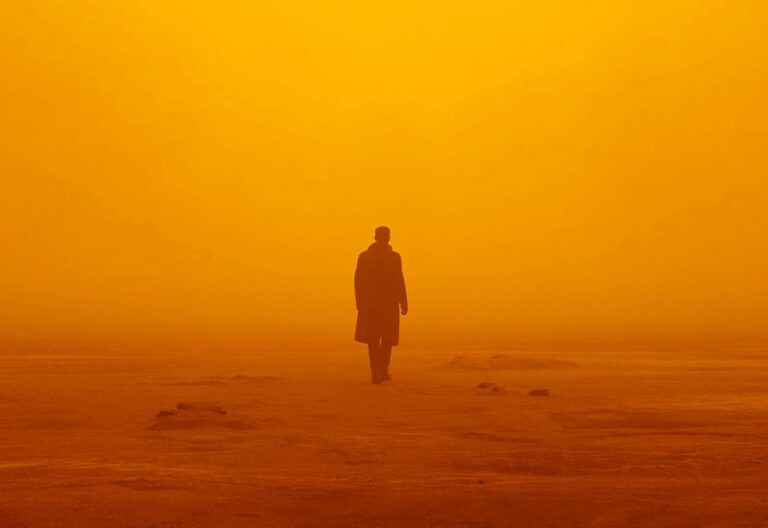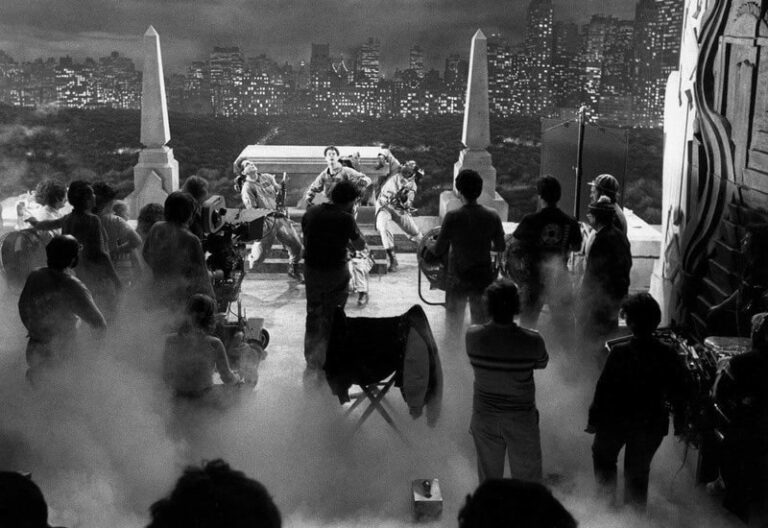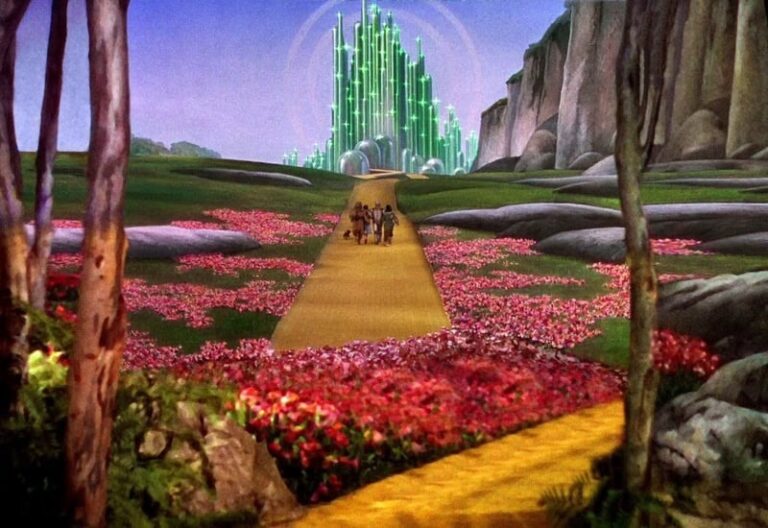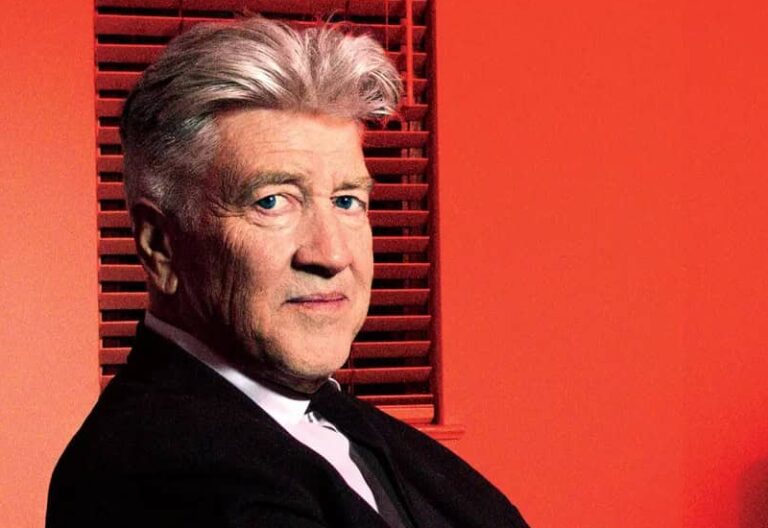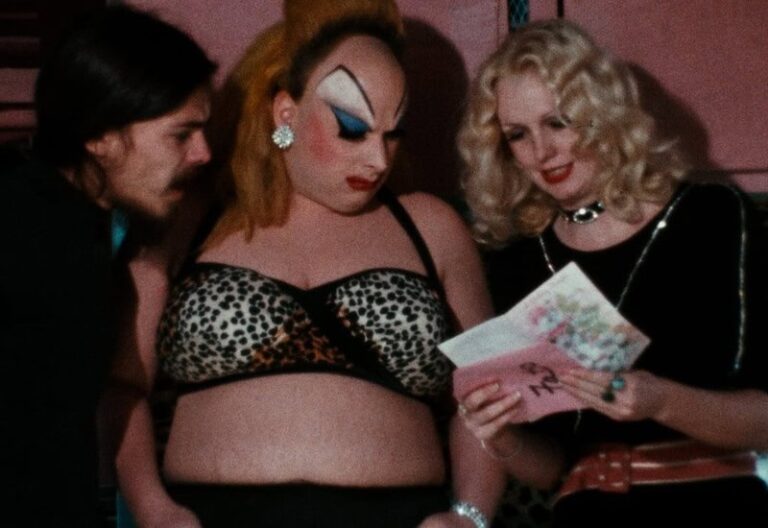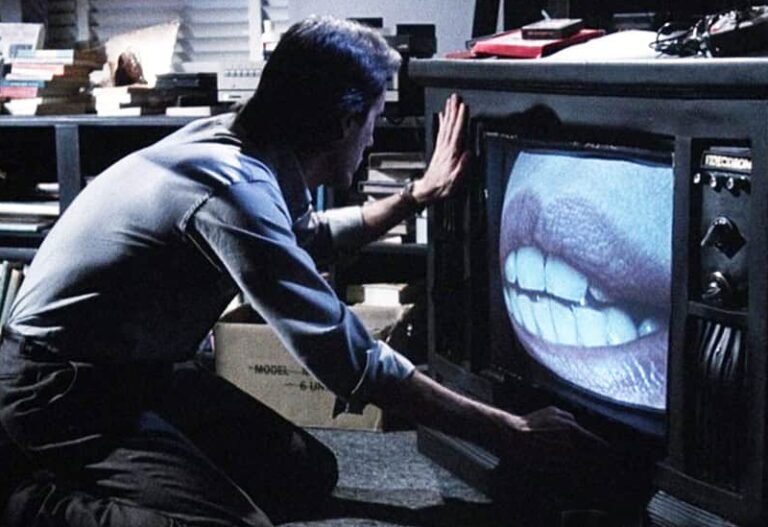what is the vertigo effect?
The Vertigo Effect, also known as the “dolly zoom” or “zolly” shot, is a cinematographic technique that creates a disorienting and unsettling visual experience by simultaneously zooming in with a camera lens while the camera is physically dolly-tracked backward (or vice versa). This results in a dramatic warping of perspective where the background appears to stretch or compress while the subject in the foreground remains the same size. The technique is named after Alfred Hitchcock’s 1958 film “Vertigo,” where it was famously used to convey the protagonist’s acrophobia, or fear of heights.
Published by: CinemaWaves Team | Filed Under: Film Blog
The Development of
the Vertigo Effect
The Vertigo Effect was first developed and popularized by Alfred Hitchcock and his cinematographer Robert Burks during the production of “Vertigo.” Interestingly, the concept for this effect was initially conceived by Hitchcock during the filming of “Rebecca” in 1940, but at that time, he was unable to achieve the desired results due to technical limitations. Determined to bring his vision to life, Hitchcock revisited the idea years later in “Vertigo,” where he wanted to visually represent the sensation of vertigo – the dizzying feeling of fear and confusion associated with heights – that the protagonist, Scottie Ferguson (played by James Stewart), experiences throughout the film.
To achieve this, Burks employed the dolly zoom technique during a pivotal scene where Scottie looks down a staircase, and the world seems to stretch away from him in a nauseating manner. The effect perfectly encapsulated the character’s psychological state and became one of the most iconic shots in cinema history.
Since its successful introduction in “Vertigo,” the dolly zoom has been used by filmmakers across genres to evoke various emotions and create memorable moments. The effect is technically challenging, requiring precise coordination between camera movement and lens zoom, but when executed correctly, it produces a powerful visual and emotional impact.

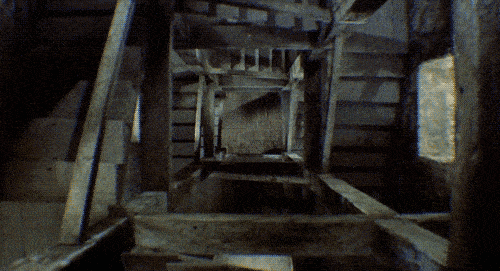
Famous Films Using
the Vertigo Effect
Vertigo (1958) – Directed by Alfred Hitchcock: Of course, the most iconic use of the Vertigo Effect remains in Hitchcock’s original film. The shot is used multiple times throughout the movie, but it’s most famously employed in the scene where Scottie looks down a bell tower’s staircase. The effect powerfully visualizes Scottie’s intense acrophobia and his loss of control over reality, underscoring the psychological themes that run throughout the film.
Jaws (1975) – Directed by Steven Spielberg: One of the most famous uses outside of “Vertigo” is in Spielberg’s “Jaws.” The technique is used during the scene where Chief Brody (played by Roy Scheider) witnesses a shark attack from the beach. As Brody realizes the danger, the camera zooms in on his face while dollying backward, emphasizing his sudden fear and the growing tension. The shot visually represents Brody’s shock and the audience’s realization of the threat, making it one of the most memorable moments in the film.
Poltergeist (1982) – Directed by Tobe Hooper: In this supernatural horror classic, the Vertigo Effect is used during a scene where the mother, Diane (played by JoBeth Williams), tries to reach her children’s bedroom at the end of a hallway that suddenly seems to stretch impossibly long. As she runs, the dolly zoom creates a disorienting and nightmarish sensation, heightening the tension and fear in the moment. The use of the effect here amplifies the horror by making the environment itself seem menacing.
Goodfellas (1990) – Directed by Martin Scorsese: The effect is used during a scene where Henry Hill (played by Ray Liotta) becomes increasingly paranoid about being followed by the police. As he looks out of his car window, the background warps and distorts, reflecting his escalating anxiety and sense of entrapment. The technique effectively puts the audience in Henry’s shoes, amplifying the psychological pressure he feels as his world starts to close in on him.
The Lord of the Rings: The Fellowship of the Ring (2001) – Directed by Peter Jackson: In this fantasy epic, the effect is employed during a scene where Frodo Baggins (played by Elijah Wood) feels the presence of the Ringwraiths closing in on him. As Frodo realizes the danger, the camera zooms in while dollying backward, creating a sense of impending doom and the overwhelming power of the ring.

The Vertigo Effect
in Modern Cinema
The Vertigo Effect remains a popular and influential technique in modern cinema. Directors continue to use it to explore characters’ psychological states, convey moments of intense realization or fear, and enhance the visual storytelling of their films. The technique’s ability to create a powerful emotional impact ensures its place as a valuable tool in the filmmaker’s arsenal. In the digital age, the Vertigo Effect has also found new life in visual media beyond film. It is frequently used in television, music videos, and even video games to create immersive and disorienting experiences for viewers and players.
From its groundbreaking use in Hitchcock’s “Vertigo” to its continued presence in modern cinema, the Vertigo Effect remains a powerful tool for conveying psychological depth and emotional intensity, making it a lasting and influential technique in the world of visual storytelling.
Refer to the main page for more educational insights on filmmaking and cinema history.
Cinematography is the art and craft of capturing visual images for film or digital media. It involves the use of cameras, lighting, composition, and movement to tell…
Film production is the process of creating a film from its initial concept to the final product. It involves numerous stages, each requiring a collaboration of talents, skills, and resources. The…
Technicolor’s origins trace back to the 1915 when Herbert Kalmus, Daniel Frost Comstock, and W. Burton Wescott founded the Technicolor Motion Picture. The company…
Auteur theory is a critical framework in film studies that views the director as the primary creative force behind a film, often likened to an “author” of a book. This theory suggests…
A cult film is a movie that builds a devoted following without achieving mainstream success or widespread critical praise at the time of its release. These films are…
As the president of a trashy TV channel, Max Renn is desperate for new programming to attract viewers. When he happens upon “Videodrome,” a TV show dedicated to…

